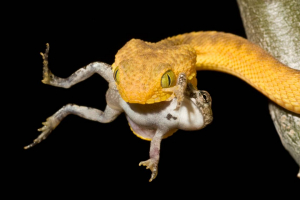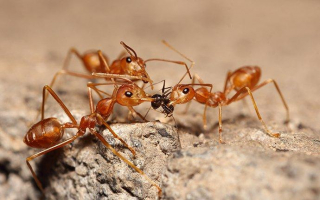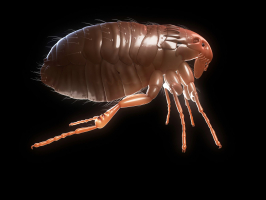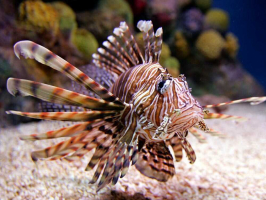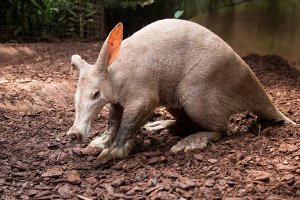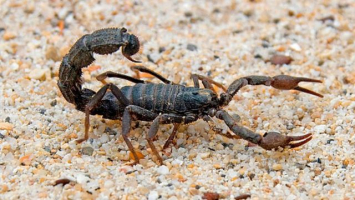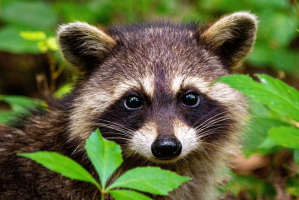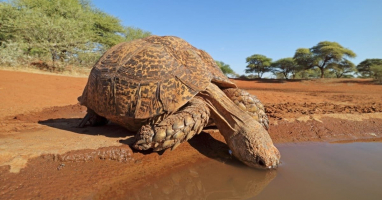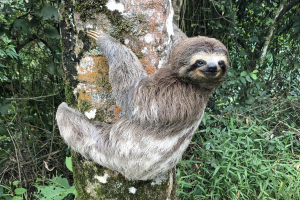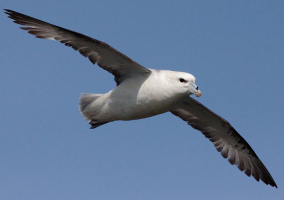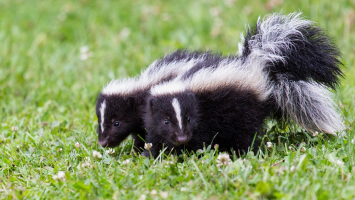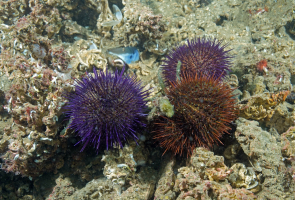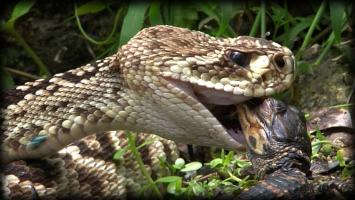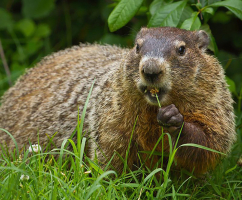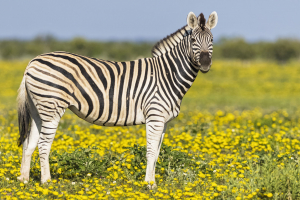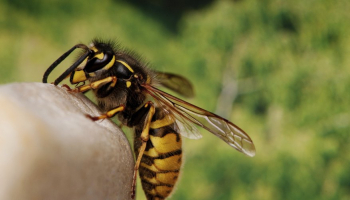Top 6 Predators of Elephants that Eat Elephants
The fact that elephants have no natural enemies fascinates the majority of people. But that doesn't mean they're always safe out in the wild. This is ... read more...especially true if one of them is weak or very young. Elephants are generally fairly healthy, thus it is uncommon for one to become a meal for predators. Here are 6 predators of elephants that eat elephants we have collected for you.
-
The common predators of elephants that eat elephants are lions. According to Karim, elephants are eaten by lions. But only under particular conditions. Unattended elephant calves are ideal prey for hungry lions. They're slower, smaller, and less powerful than adults. As a result, most elephant herds protect themselves from lions as soon as they detect a threat. These predators only attack elephants when there is a severe food deficit, such as when there is a drought or a large scarcity of other food sources. Elephants, due to their massive size, inflict significant damage on lions. Even if the lion succeeds and the elephant does not kill them, the ordeal may deplete the lion's stamina to pursue anything else.
A lion alone cannot kill an elephant. On some occasions, two male lions may join together to kill an elephant, but this is uncommon. Most lions hunt in groups, with as many as 26 female lions being documented hunting down an elephant at once. This is also an unusual number, as a team of seven lionesses can usually perform the work on their own. If lionesses decide to attack an elephant, they will most likely do so in a pack, focusing on the young, sick, or elderly, who are weaker and easier to beat, or females, who have shorter tusks. A lion is powerful enough to defeat a newborn elephant on his own. Instead of attacking from the front, lions drag their victim down from behind. Despite their enormous size, elephants now have the lion as number two on their list of very few predators.
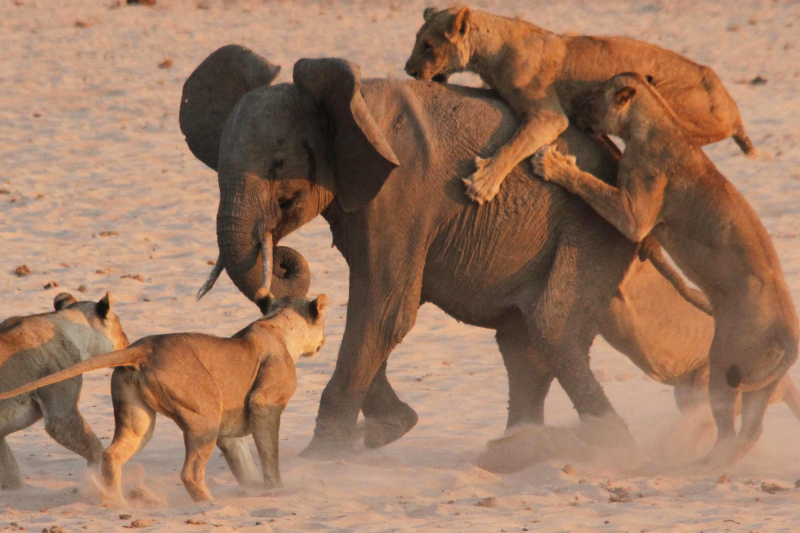
t24hs.com 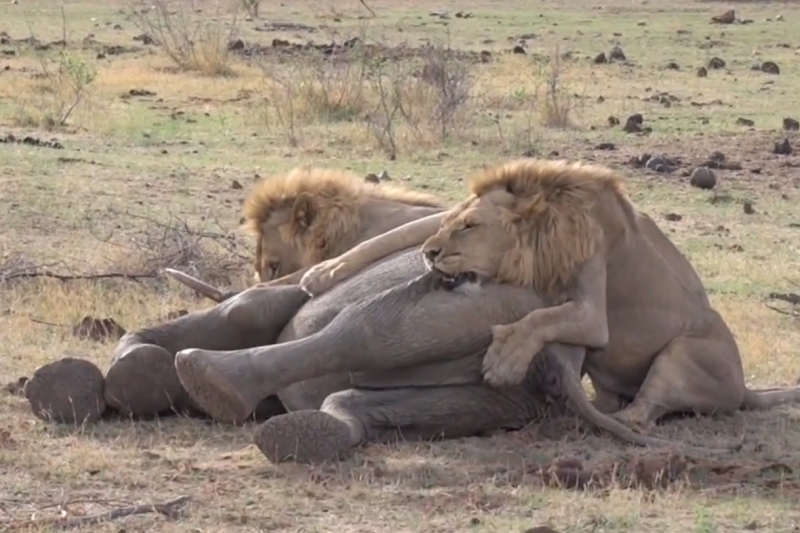
earthtouchnews.com -
Hyenas, one of the predators of elephants that eat elephants, are feliform carnivorous animals in the Hyaenidae family. It is the fifth-smallest biological family in the Carnivora and one of the smallest in the class Mammalia, with only four living species (each in its own genus). Despite their low diversity, hyenas are distinct and essential components of the majority of African ecosystems. Hyenas eat wildebeest, antelope, gemsbok, zebra, and impala, as well as any food that animals leave behind. Furthermore, they pursue larger prey that has been separated from their families, such as hippos, lions, and elephants, which are among the most prevalent species. Hides, which provide them with refuge in a confined space, provide more than enough food for them.
According to Gilbert Beaver (a wildlife researcher), It is difficult for a pack animal to consume an elephant unless it is the largest. Because of the number of lions or hyenas they have encountered, elephants can be torn apart by lions, bands of hyenas, or wild dogs. Certain animals, such as cheetahs, lions, and tigers, cannot easily consume wild cats such as lions, tigers, and leopards. There are few, if any, Hyena attacks on elephants, and even fewer examples of their assaulting and killing an elephant. It's easy to believe that these animals could never attack, let alone kill, an elephant. A group of hyenas assaults or eats a baby elephant alive, and if they kill it as soon as possible, they can feed it.
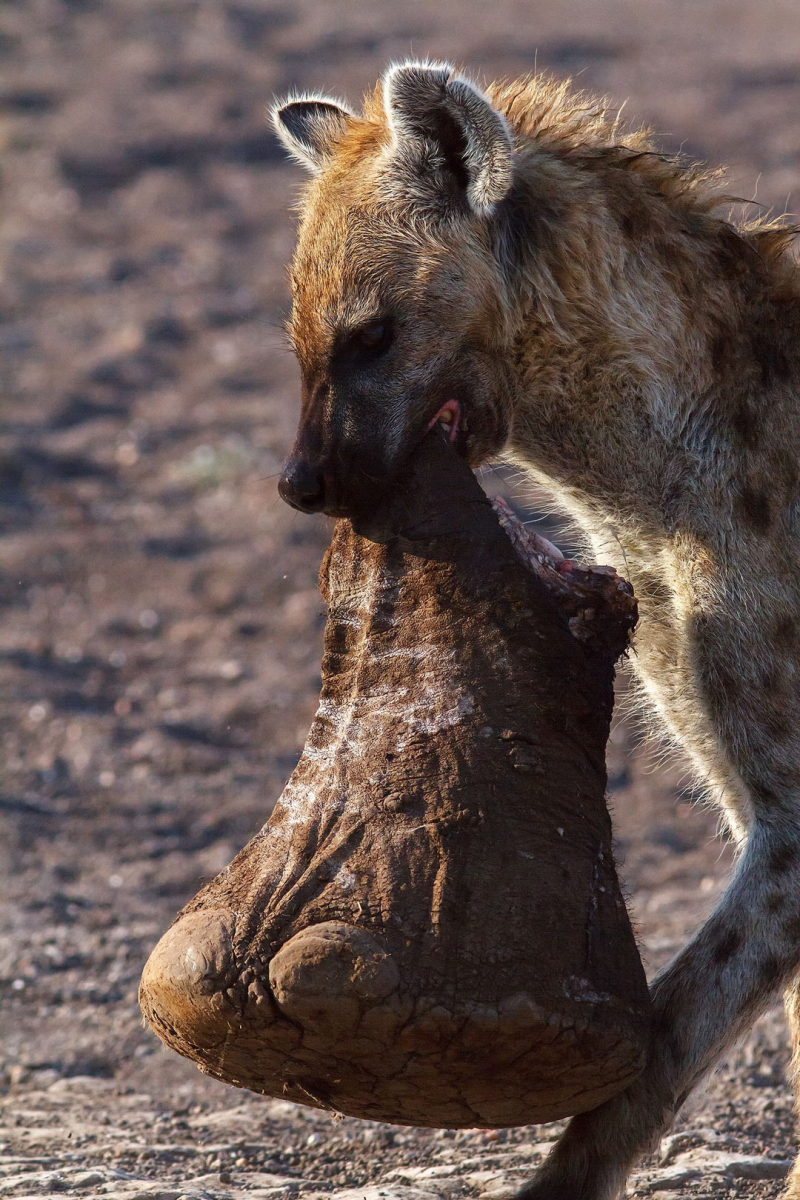
earthtouchnews.com 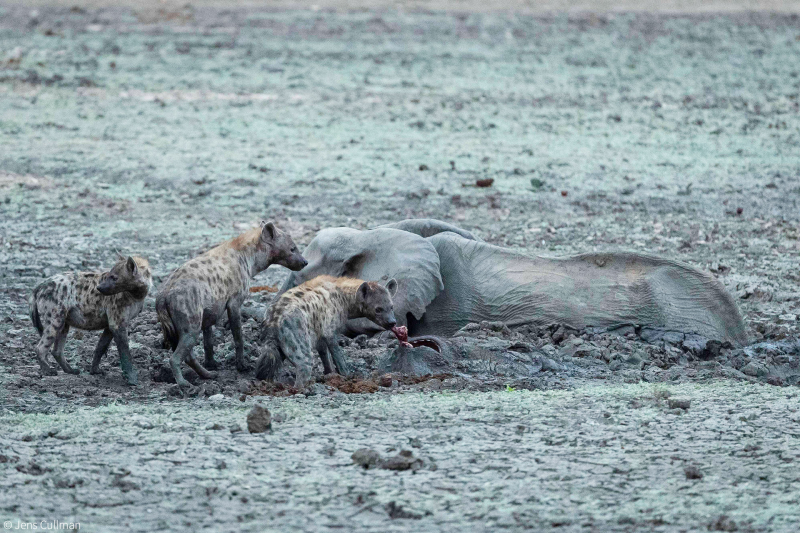
africageographic.com -
Crocodiles (family Crocodylidae), also known as real crocodiles, are enormous semiaquatic reptiles found in Africa, Asia, the Americas, and Australia. Crocodile is sometimes used to refer to all extant members of the order Crocodilia, which includes alligators and caimans (family Alligatoridae), gharials, and false gharials (family Gavialidae), and several extinct taxa. Crocodile size, morphology, behavior, and ecology vary slightly between species. They do, however, share numerous similarities in these areas. All crocodiles are semiaquatic and prefer freshwater habitats such as rivers, lakes, and wetlands, as well as brackish and saltwater. They are carnivorous animals that eat predominantly vertebrates like fish, reptiles, birds, and mammals, but also invertebrates like mollusks and crustaceans depending on species and age.
Crocodile attacks on elephants are common when elephant groups reside near a river. When disturbed, the very territorial saltwater and Nile crocodile species attack, especially during the breeding season. The crocodile biting off the elephant's trunk is the most likely cause of death. The elephant may die as a result of not being able to eat, drink, or even breathe correctly. A crocodile, on the other hand, is more likely to kill a baby elephant and is most effective in its aquatic domain. Crocodiles abound in the river, and they frequently prey on elephants that come to cross or drink from the river's side. Crocodiles are more inclined to attack elephants that are young, ill, or injured.
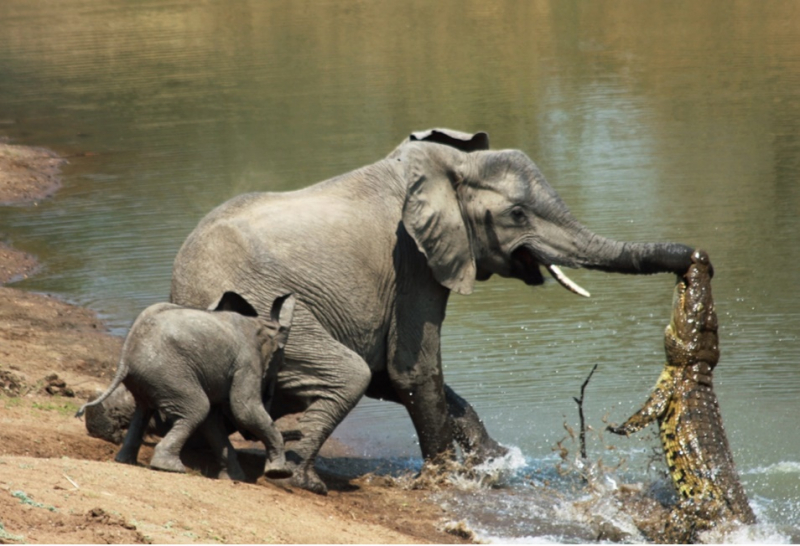
nationalgeographic.com 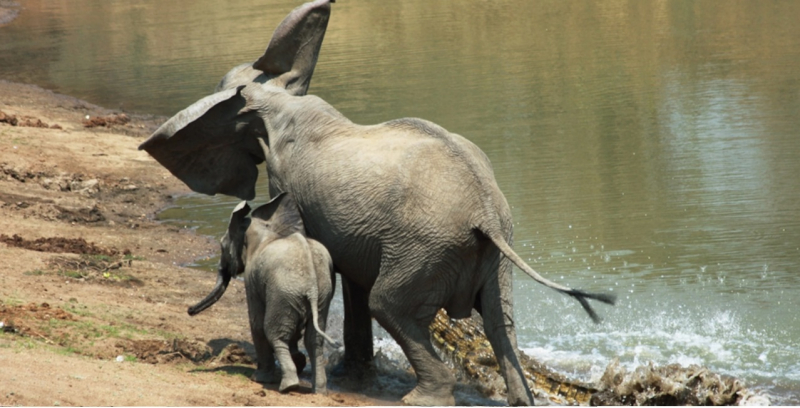
nationalgeographic.com -
The tiger (Panthera tigris) is the biggest living cat and a member of the Panthera genus. It is distinguished by dark vertical stripes on orange fur with a white underside. It is an apex predator that predominantly feeds on ungulates like deer and wild boar. It is a territorial and mainly solitary yet gregarious predator that requires huge continuous regions of habitat to meet its prey requirements and offspring rearing. Tiger cubs spend roughly two years with their mother before becoming independent and leaving her home range to establish their own.
Unlike several other predatory mammals, tigers do not move or hunt in groups. Instead, they are alone. They stalk their prey stealthily when hunting. They then pounce when they are close enough and the prey is far enough away from other members of their species. Hunting occurs every eight or nine days. When they eat meat, they need to consume approximately 18kg in order to survive until the next hunt. It's understandable why a tiger would want to kill an elephant. A tiger, however, prefers to prey on the extremely young, sick, or elderly due to the risk of being crushed to death. It kills the elephant by biting its neck, as it does other animals.
According to official research, tigers have been spotted killing elephants, primarily young ones, in the famed Corbett National Park in Uttarakhand, and in a few cases devouring them as well. The findings, which are part of a study done by the park authorities, indicate a concerning trend in wildlife because tigers do not normally consume elephants, according to wildlife specialists. According to the study, nine tigers, 21 elephants, and six leopards were found dead between 2014 and May 31, 2019, as a result of infighting and fights over mating issues.
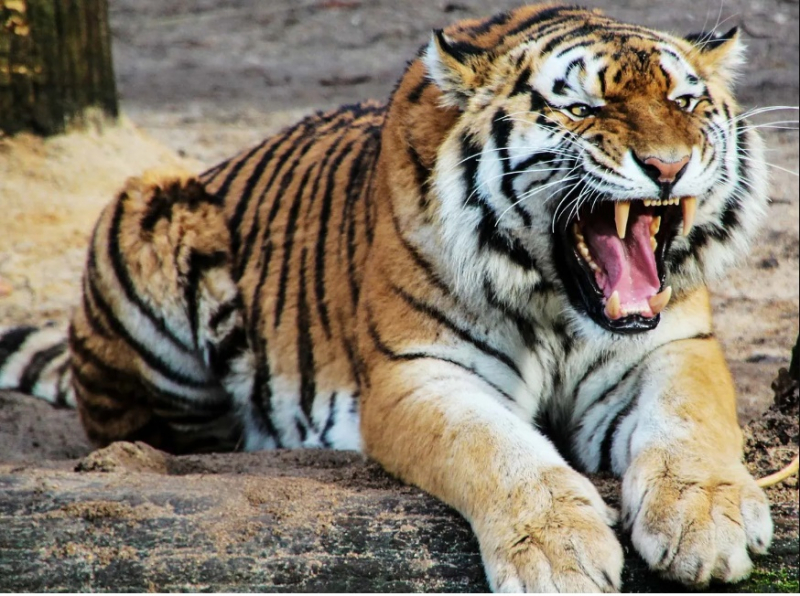
gqindia.com 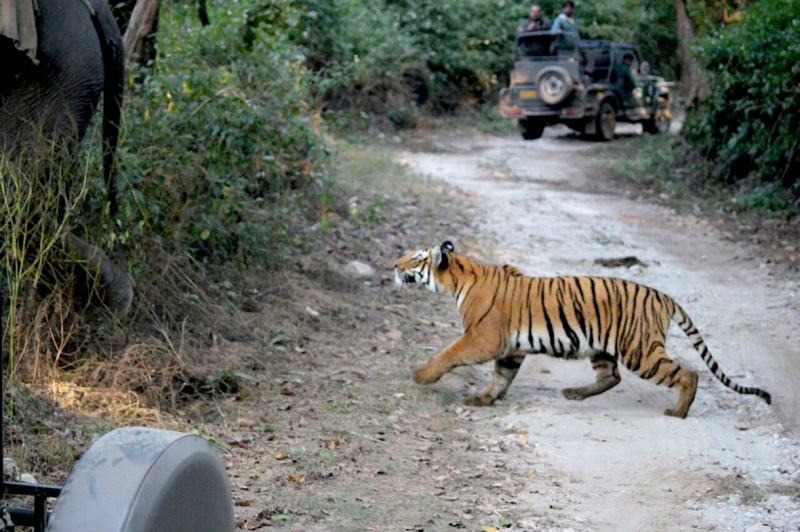
earthtouchnews.com -
The African wild dog (Lycaon pictus), is commonly known as the African painted dog and the African hunting dog is a sub-Saharan African native canine. It is Africa's largest wild canine and the only extant member of the genus Lycaon, which is characterized by Canis by highly specialized dentition for a hypercarnivorous diet and a lack of dewclaws. About 6,600 adults (including 1,400 mature individuals) are estimated to dwell in 39 subpopulations, all of which are endangered by habitat fragmentation, human persecution, and disease outbreaks. The African wild dog has been categorized as endangered on the IUCN Red List since 1990, owing to the fact that the biggest subpopulation likely consists of fewer than 250 individuals.
The African wild dog prefers savanna and dry environments and avoids forested areas. This predilection is most likely related to the animal's hunting activities, which necessitate open environments with no obstructions to eyesight or hamper pursuit. Nonetheless, in search of prey, it will wander across scrub, woodland, and montane environments. There are forest-dwelling populations of African wild dogs, including one in the Harenna Forest, a wet montane forest up to 2,400 m (7,900 ft) in altitude in Ethiopia's Bale Mountains. At least one sighting of a pack on Mount Kilimanjaro's top survives. The species has been observed at heights of 1,800 m in Zimbabwe (5,900 ft). This species has been seen at high altitudes in Ethiopia; many live wild dog packs have been sighted at elevations ranging from 1,900 to 2,800 m, and a dead individual was discovered in June 1995 at 4,050 m (13,290 ft) on the Sanetti Plateau.
The African wild dogs, according to Garreth, are excellent hunters who can take down game much larger than themselves. Antelopes, zebras, and even elephants are among their favored prey. They employ a hunting method termed "leapfrogging." When one dog gets tired of chasing the prey, another dog takes over. This procedure is repeated until the prey is weary and the dogs are able to capture it. The African wild dog, like other canids, regurgitates food for its young, but it also does it for adults as part of the pack's social life. The young are allowed to feed on carcasses first.
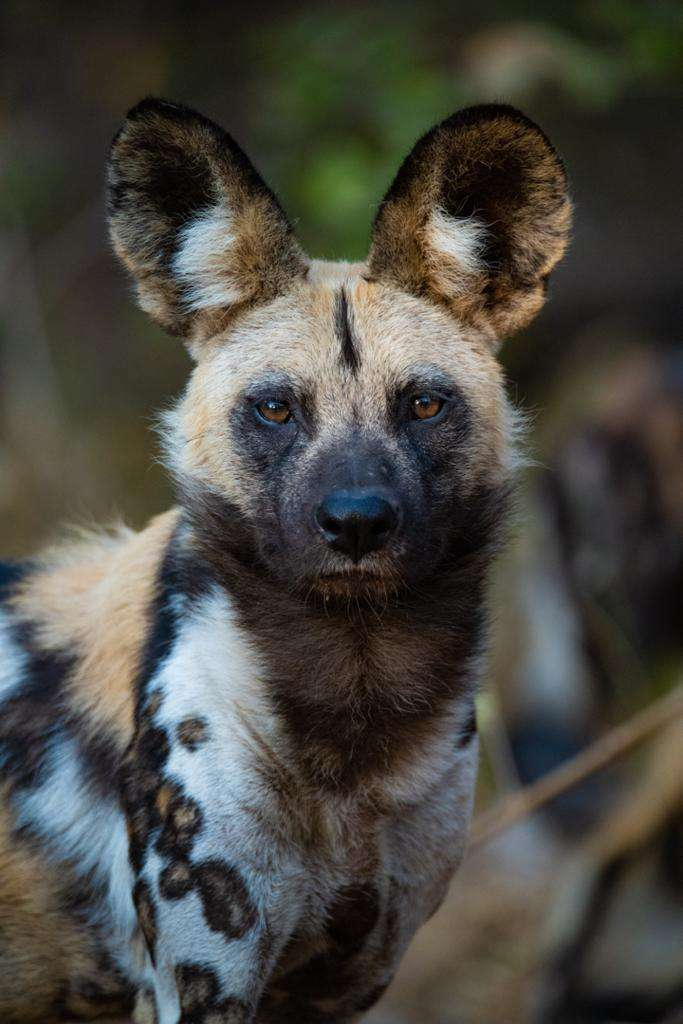
wilderness-safaris.com 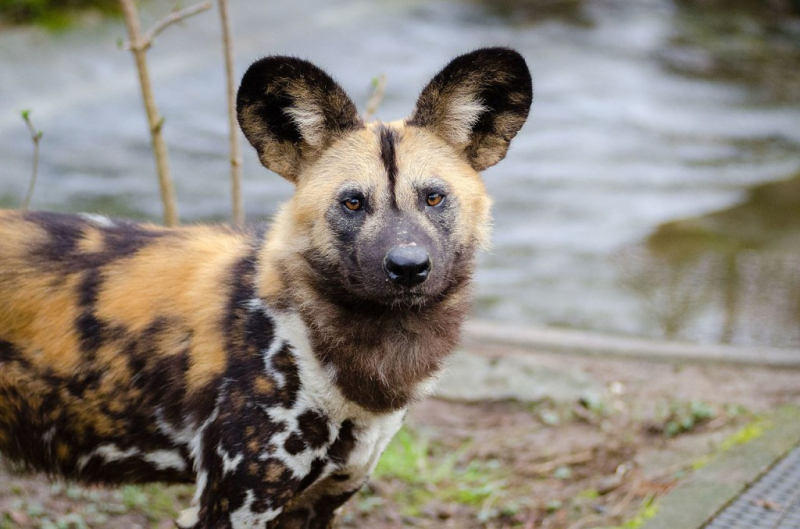
discovermagazine.com -
The next predators of elephants that eat elephants are vultures. A vulture is a predatory bird that feeds on carrion. There are now 23 vulture species (including Condors). Old World vultures contain 16 surviving species endemic to Europe, Africa, and Asia; New World vultures are limited to North and South America and include seven known species, all of which are members of the Cathartidae family. A bald, unfeathered head is a distinguishing feature of many vultures. This exposed skin is supposed to keep the skull clean during feeding and also helps with thermoregulation. In the cold, vultures hunch their bodies and tuck their heads in, whereas in the heat, they extend their wings and stretch their necks. They also urinate on themselves to keep themselves cool. A 'kettle' is a group of vultures in flight, whereas a 'committee' is a group of vultures sitting on the ground or in trees. A vulture 'wake' is a feeding flock of vultures.
Vultures are scavengers, which means they feed on dead animals. Vultures are the only known obligate scavengers outside of the oceans. They rarely attack healthy animals but may kill injured or sick animals. When the hide of a carcass is too thick for the beak to open, it waits for a larger scavenger to devour it first. On battlefields, large numbers have been seen. When prey is plentiful, they feed themselves till their crops bulge, then sit, lethargic or partially torpid, to digest their food. These birds do not feed their young with their talons, but rather disgorge it from their crops. The bearded vulture, which lives in the mountains, is the only vertebrate that specializes in eating bones. It brings bones to the nest for the young and hunts some live food.
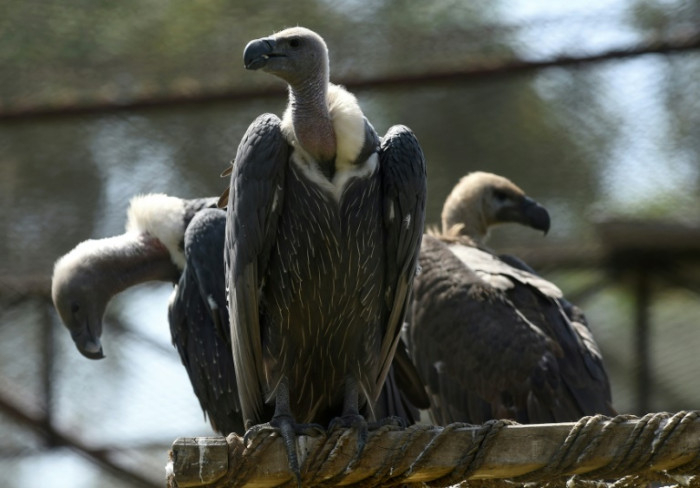
bangkokpost.com 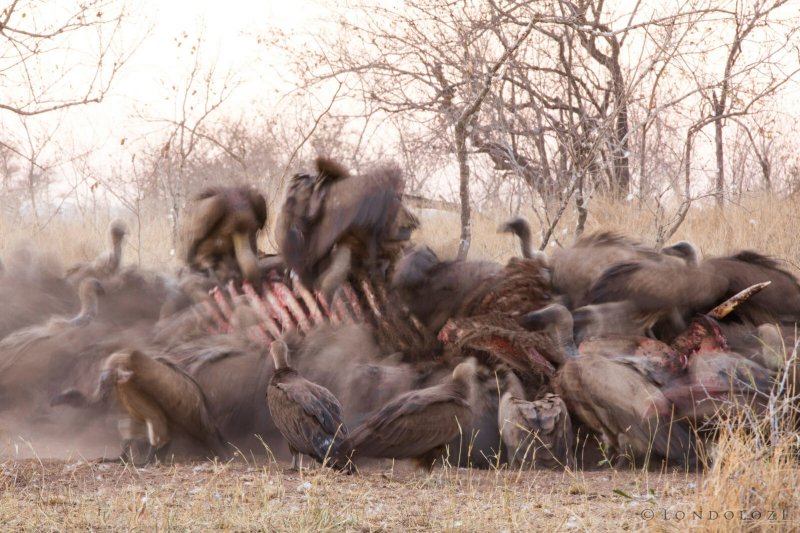
blog.londolozi.com








